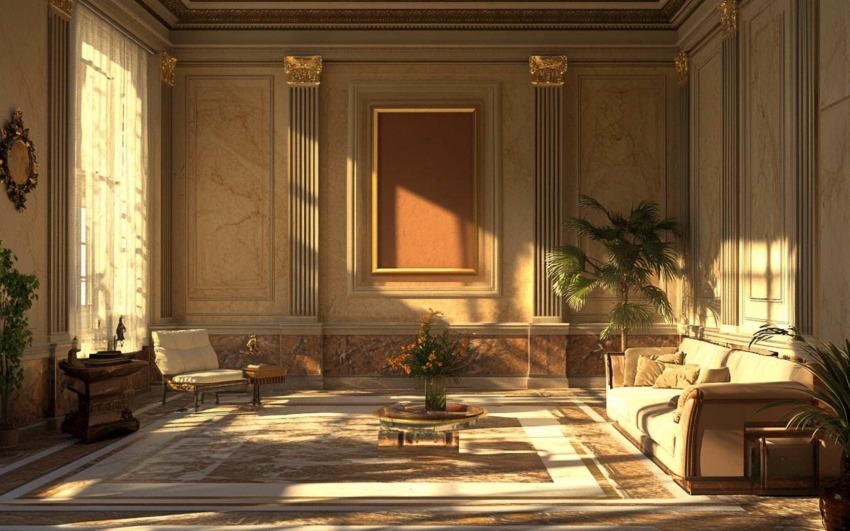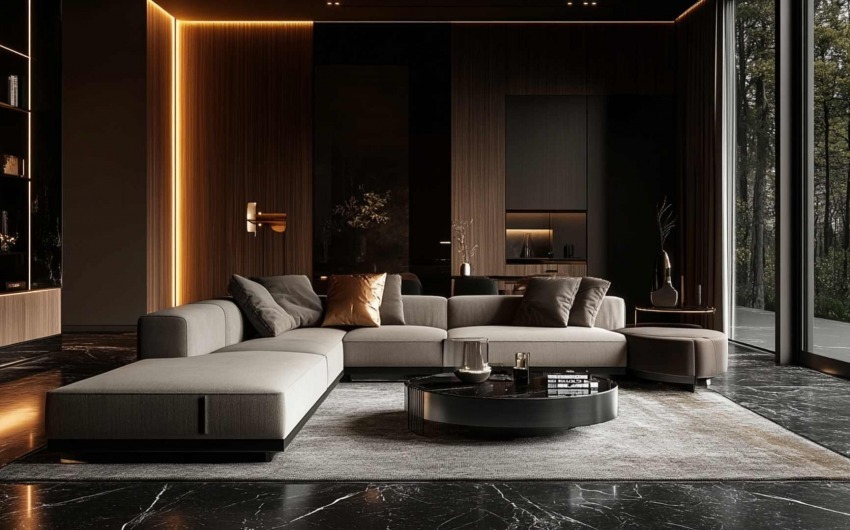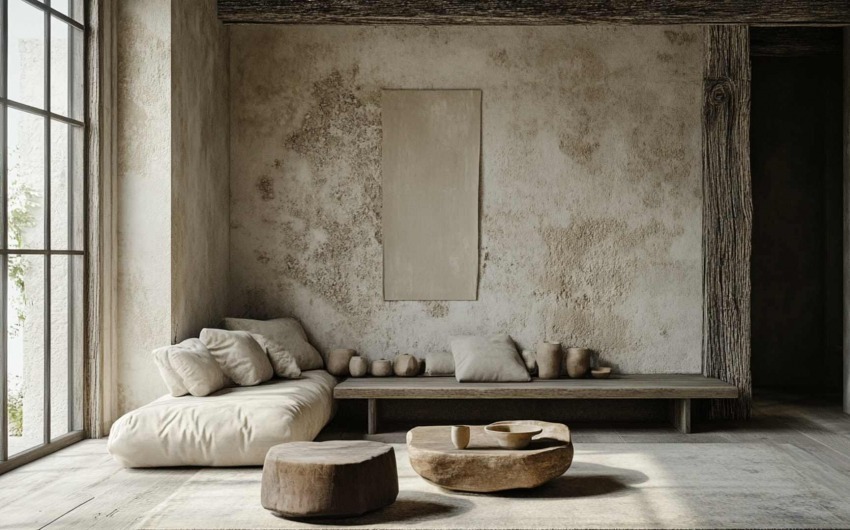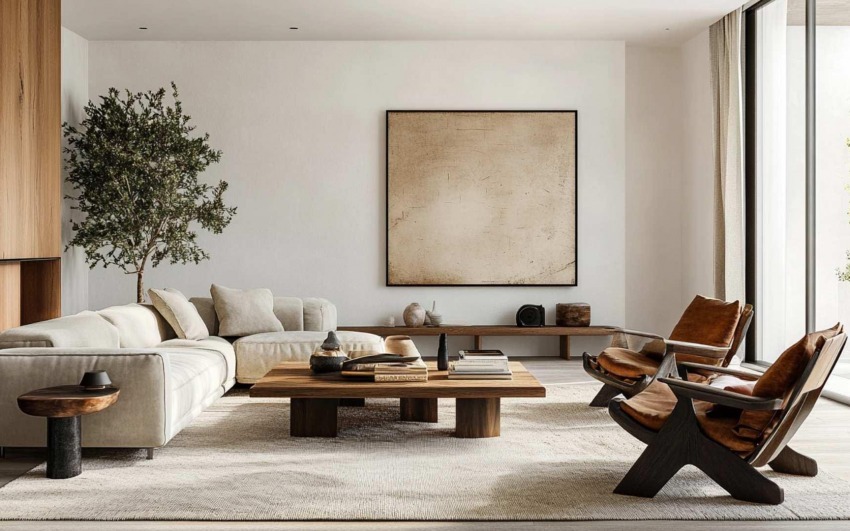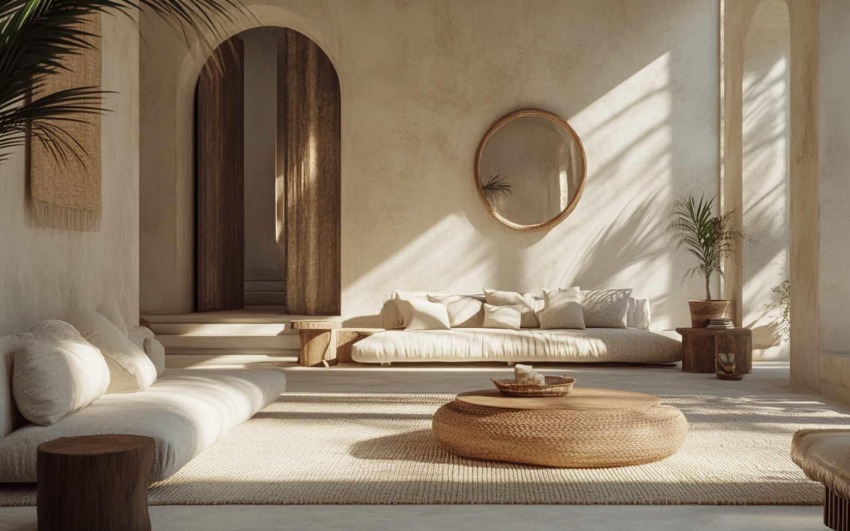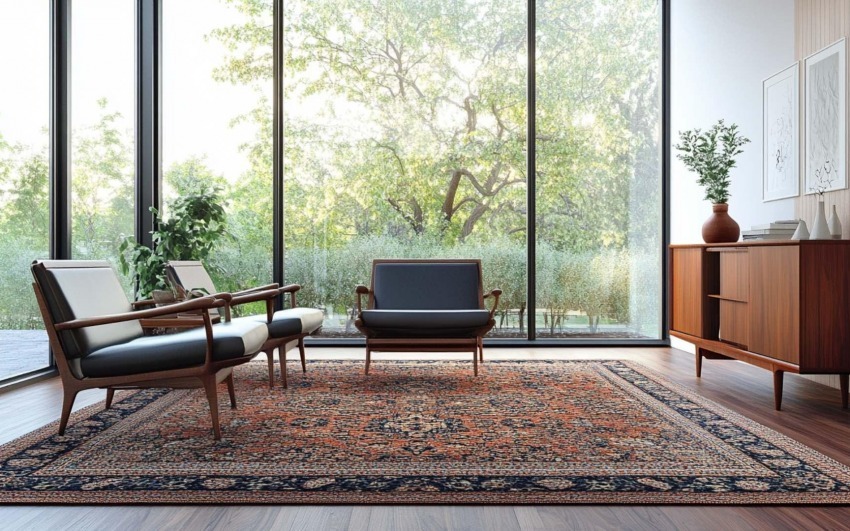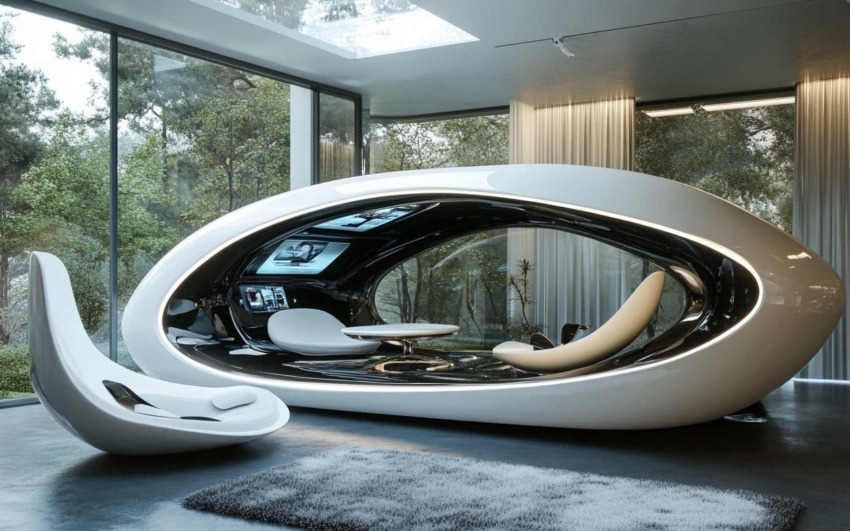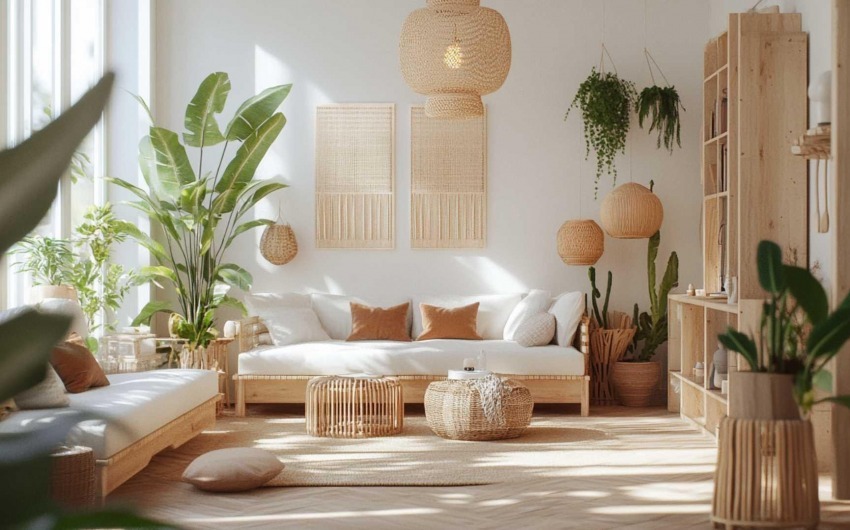-
4/11/2025 The Secret Geometry of Design: The Role of the Golden Ratio and Perfect Proportions in Interiors
Harmony in a space is not just a matter of personal taste—it often follows precise mathematical rules. Throughout history, artists, architects, and designers have applied geometric principles to create balanced and aesthetically pleasing spaces. One of these principles is the Golden Ratio, a perfect proportion found in nature, art, and architecture.
-
4/03/2025 The Design of Intuition: Why Some Spaces Instantly Feel "Right"
Have you ever walked into a room and immediately felt a sense of comfort and harmony without knowing exactly why? Some spaces just seem to have the “right” arrangement, while others appear chaotic or unbalanced—even if they are furnished with taste.This perception is not random but comes from deeply ingrained principles in our brain. Intuitive design follows unconscious rules that make us perceive a space as balanced and welcoming, even if we are not aware of it. In this article, we will explore how furniture arrangement, color choices, and spatial organization influence our mind and how we can apply these concepts to improve our home decor.
-
3/28/2025 Light and Shadow: The Role of Chiaroscuro in Contemporary Interiors
Lighting is one of the most powerful elements in interior design, capable of radically transforming the perception of a space. However, beyond light, there is another equally important element: shadow.
-
3/21/2025 The Beauty of Imperfection: Wabi-Sabi and the Art of Asymmetry in Design
In the world of interior design, perfection is often the goal: symmetrical spaces, flawless surfaces, and precisely calibrated furnishings. But what happens when we embrace imperfection?The Japanese philosophy of Wabi-Sabi teaches us to find beauty in the simple, the aged, and the asymmetrical. This approach to decorating moves away from the obsession with perfection and instead values natural materials, handcrafted objects, and unconventional arrangements. In this article, we’ll explore how to apply Wabi-Sabi to your home to create authentic, harmonious, and timeless spaces.
-
3/14/2025 From Chaos to Harmony: The Secret to a Balanced Interior Design
In interior design, finding the right balance between order and creativity is a constant challenge. A space that is too empty may feel cold and impersonal, while an overcrowded room can feel chaotic and overwhelming.
-
3/07/2025 The Paradox of Space: How Emptiness Enhances Interior Design
In interior design, emptiness is often seen as a void to be filled, as if a space is incomplete without objects and decorations. However, skilled designers know that empty space is not a flaw—it’s a powerful design element. When used effectively, emptiness highlights the beauty of materials, enhances proportions, and improves spatial harmony.In this article, we’ll explore the role of emptiness in interior design and how strategically leaving space can elevate both the aesthetics and functionality of your home.
-
2/28/2025 The Return of Vintage: How to Incorporate Antique Pieces into Modern Design
The charm of vintage never goes out of style, and today it holds a special place in interior design. Incorporating vintage pieces into your space not only adds character and uniqueness but also creates a harmonious blend of past and present. In this article, we’ll explore how to integrate vintage elements into a modern context, offering practical tips for decorating with style and personality.
-
2/21/2025 The Home of the Future: Trends and Innovations in Interior Design
The future home is a blend of technological innovation, aesthetics, and functionality. It’s no longer just a place to live but an intelligent space that adapts to our needs, anticipates our demands, and enhances our quality of life. In this article, we’ll explore emerging trends and technologies revolutionizing interior design and provide insights on how to incorporate them into your living spaces.
-
2/14/2025 Circular Design: Sustainable and Regenerative Solutions for Your Home
Circular design is redefining how we approach interior spaces, focusing on sustainable practices that respect the environment and reduce waste. In a world where natural resources are finite, circular design in furniture aims to transform materials into continuous cycles of use, preventing them from becoming waste. How can this principle be applied to your home? In this article, you’ll learn the foundations of circular design and practical ideas to make your home more sustainable and regenerative.
